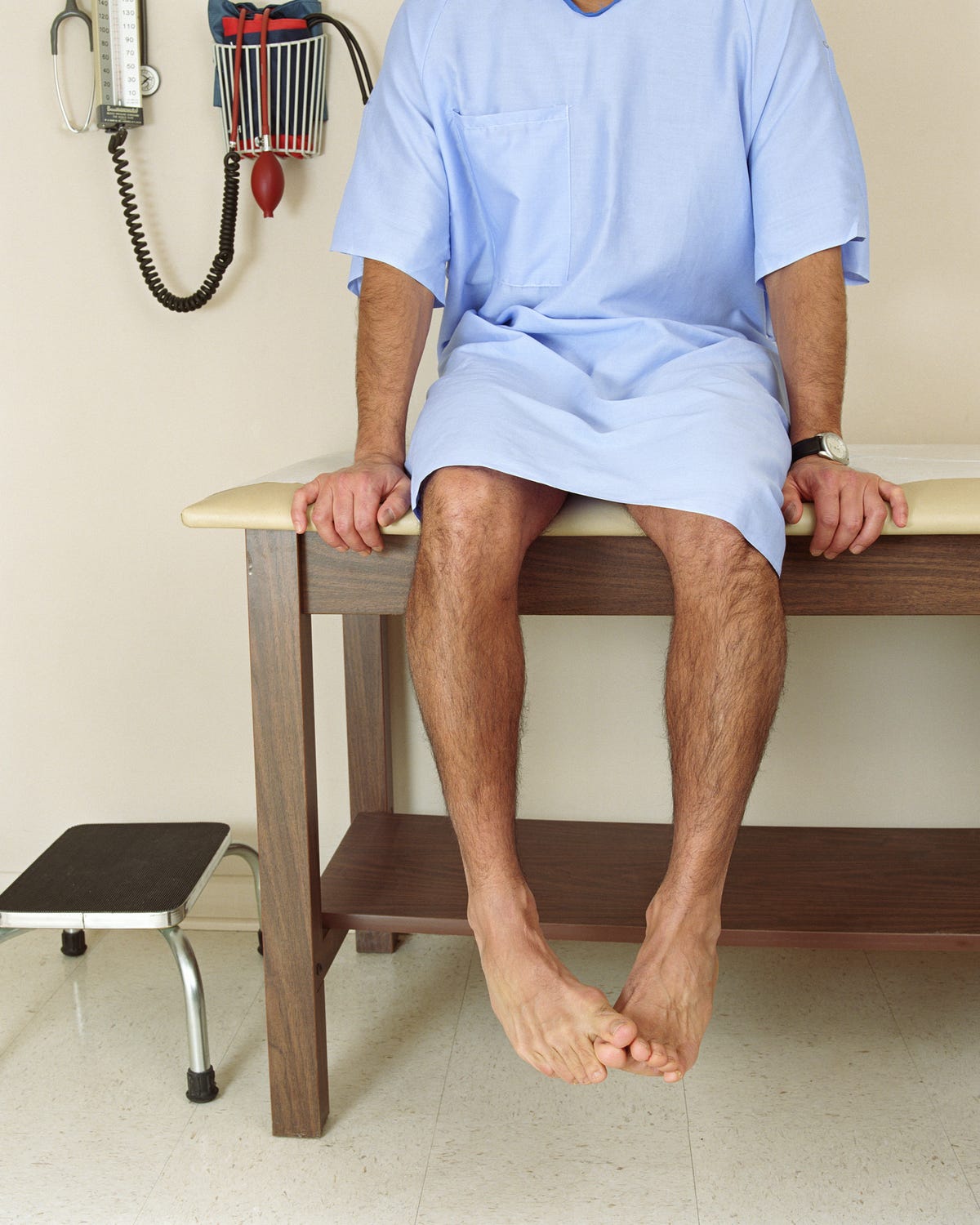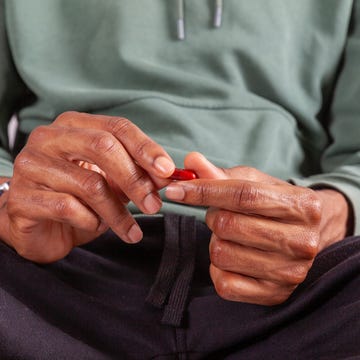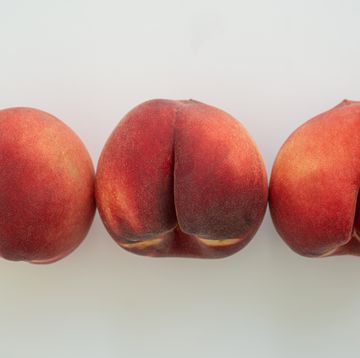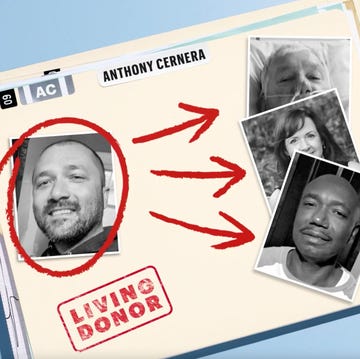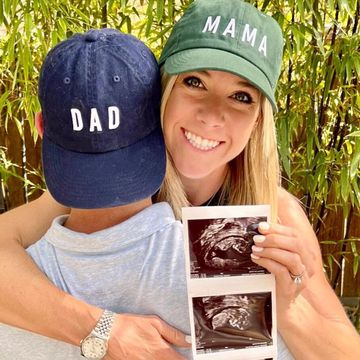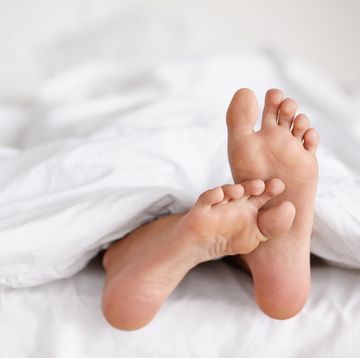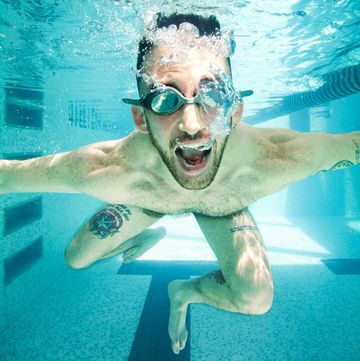With everybody you’ve ever followed on social media doing Dry January or some kind of cleanse, how is it that about 25 percent of adults in the U. S. have a dangerous liver condition right now? Sure, your liver appreciates the break. But alcohol is not the only thing hurting it, says Michael D. Leise, M.D., a Mayo Clinic transplant hepatologist. “I don’t drink much” needs to be retired from the “my liver’s fine” canon, because if you carry extra weight, get minimal exercise, or have bouts of overeating, your liver’s probably not fine.
Nonalcoholic fatty liver disease (NAFLD) is a condition that’s exactly what it sounds like: Unhealthy amounts of fat build up in your liver. Over time, this can cause that organ to swell, scar, and eventually fail or develop cancer. In 2016, NAFLD cases in the U.S. were predicted to rise 18 percent by 2030 to more than 100 million. Risks are higher if you’re overweight or have obesity, diabetes, high blood pressure, or high cholesterol. But NAFLD can hit people without these issues.
That’s because regardless of risk, your diet can help prevent or cause NAFLD. See, your liver gets first dibs on the blood coming from your digestive system, so whatever was in what you ate filters through it before going anywhere else. Overeating backs up the liver’s processing capabilities— especially if you eat a lot of foods high in carbs and fat.
Scared? Good. That’s incentive to reverse fat buildup in your liver. You can do that fairly quickly—within a matter of weeks, says Elizabeth J. Parks, Ph.D., who studies NAFLD at the University of Missouri. What to do:
Avoid double whammy foods
As in foods that are high in fat and processed carbs, like doughnuts or barbecue-chicken pizza, says Parks. After you eat fat and carbs, your liver converts the sugar in the carbs to fat, and both are stored as energy. The trouble is, many people never get it out of storage. Fat buildup in your liver can happen fast. Parks coauthored a study that mimicked a tailgate: 18 guys downed about 5,000 calories’ worth of high-fat, high-sugar food and drinks (keeping blood alcohol at 0.10) in an afternoon. Within hours, nine had new fat deposits in their liver. Don’t go light on all fats, though—unsaturated fats, especially omega-3’s (the kind in fish and walnuts) may help keep NAFLD at bay.
Power up on polyphenols
The usual good-for-you diet is well proven to help reduce liver fat. Good thing, because there aren’t any medications that can do it. To satisfy a sweet tooth, turn to fruit; research suggests that foods rich in polyphenols may help prevent fat storage in the liver. Other foods high in polyphenols to get more of: green tea, coffee, and nuts (especially walnuts), says Dr. Leise.
Quit eating early
Even if you’re eating healthy food, your daily calorie intake matters. Weight gain is one of the biggest risk factors for NAFLD. One easy-ish weight-management strategy: Set a carb curfew. While your morning bagel has a good chance of being burned off during the day, a sugary cereal bedtime snack is more likely to become liver fat overnight, says Parks.
Sweat
Being sedentary may cause NAFLD—even if you’re not overweight. Movement of any type, even three or four 20- to 40-minute moderate- intensity workouts a week, can help eliminate existing liver fat and prevent new fat from being produced and stored. Both resistance and cardio training help.
Get tested
Ask for a liver-function test next time you get a routine blood panel. Doctors may not automatically order this for you unless you are at risk for NAFLD, but it doesn’t hurt to have the numbers.
This story originally appeared in the January/February 2022 issue of Men's Health.
